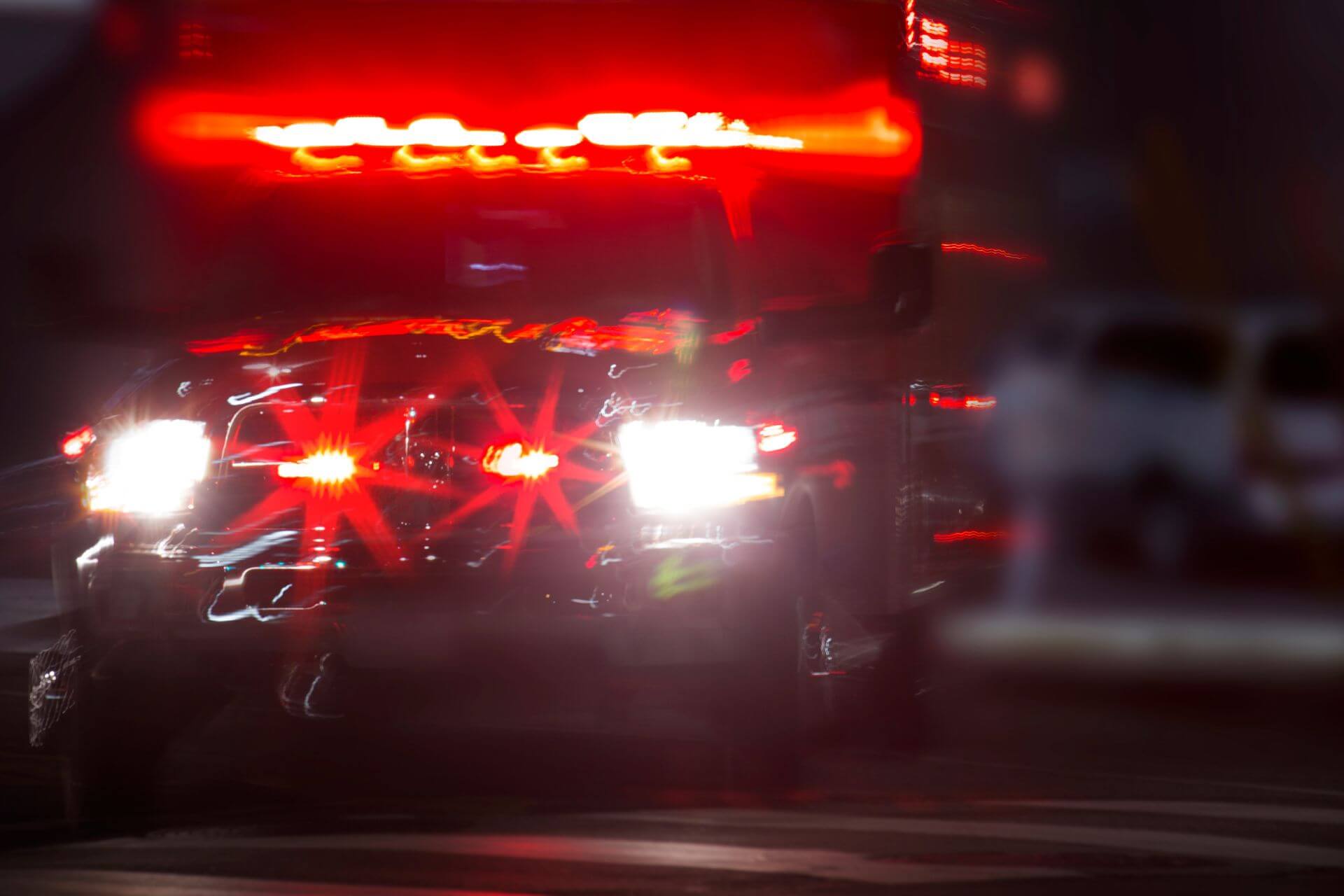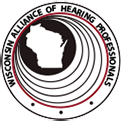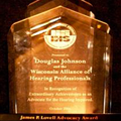Emergency responders, such as police officers, firefighters, and paramedics, work in challenging acoustic environments that significantly increase their risk of noise-induced hearing loss (NIHL). First responders are subjected to erratic, high-intensity, impulsive sounds (such as sirens, alarms, radios, and rescue gear), which are frequently accompanied by physical strain and stress, in contrast to industrial noise exposure. Over time, these exposures too often result in persistent auditory damage, tinnitus, and cognitive impairment.
Table of Contents
Dangers of Noise Hazards Among Emergency Responders
There are noise hazards specific to each emergency response function. Both inside and outside firetrucks, firefighters are subjected to sirens with decibel levels exceeding 100. During emergency calls, they also frequently operate pumps, ventilation equipment, and power tools. Alarm systems and training facilities can sustain dangerously high background noise levels for prolonged periods within fire stations.
The majority of paramedics’ and emergency medical technicians’ shifts are spent inside ambulances with diesel engines running and sirens activated. Additionally, they have to be able to communicate clearly over radio systems, frequently shouting over sirens or in tumultuous situations. In contrast, police personnel must deal with sirens, gun training, road noise, crowd management situations, and other noisy metropolitan settings. Numerous officers operate near automobiles and public speech systems, which add to the everyday noise pollution.
Although the pitch, length, and strength of each of these noise sources vary, the cumulative effect is frequently the same: the inner ear repeatedly endures mechanical stress, which ultimately results in irreversible damage.
Hearing Loss Among Firefighters: An Overlooked Occupational Hazard
How Common Is Hearing Loss Among Emergency Responders?
Compared to the general population, emergency responders routinely exhibit a higher-than-average frequency of hearing issues. A disproportionate number of firefighters are impacted. Nearly one-third of professional firefighters experience mild to severe hearing loss during their employment, according to studies. Many people don’t realize how bad their injury is until it becomes incapacitating.
Similar trends are seen among police officers and paramedics. Respondents frequently report having trouble hearing speech in noisy surroundings, which is a classic sign of early-stage noise-induced hearing loss, even when routine hearing tests fall within “normal” thresholds. Others suffer from tinnitus, a chronic buzzing or ringing in the ears that disrupts concentration, sleep, and stress management.
Without regular hearing protection, a first responder may be exposed to thousands of hours of high-decibel sound throughout a 20 to 30-year career. This becomes a major occupational hazard in occupations where clarity, speed, and communication are critical.
Why is Hearing Loss Frequently Ignored?
In emergency services, hearing loss is still underreported and undertreated despite the obvious consequences. Cultural barriers are one of the main obstacles. For many responders, being around noise is “part of the job.” It’s a prevalent misconception that wearing earmuffs or earplugs impairs situational awareness, slows down reaction times, or makes teamwork more difficult. Even the perception of impairment can deter employees from employing available protection in high-stakes situations.
Responders are occasionally given generic foam earplugs, which are inconvenient to use rapidly or in conjunction with helmets and radios. Others receive almost no protective gear. Because of this, even when employees recognize the risk, the methods for reducing it are viewed as insufficient or cumbersome.
The fact that noise-induced hearing loss is frequently painless and undetectable presents another difficulty. There is only a gradual, silent deterioration in sensitivity, particularly to higher-pitched noises and speech consonants, without any bleeding, bruises, or sudden dysfunction. The damage is irreparable by the time a responder discovers the loss.
Impact of Stress and Noise & Long-Term Consequences
In emergency services, the connection between stress and noise exposure is especially significant. It is now known that long-term stress, which is prevalent in high-stakes public safety occupations, increases the incidence of hearing problems. The ear’s reaction to noise trauma may be exacerbated or its recuperation period prolonged by stress hormones such as cortisol and adrenaline. Tinnitus can be made worse and auditory processing clarity diminished by fatigue, poor sleep, and high blood pressure, all of which are frequent in emergency work.
Hyperacusis, a condition in which common noises are regarded as excruciatingly loud or distorted, is another problem that some responders experience. When paired with tinnitus, this can significantly impair focus and day-to-day functioning. These deficits are not only inconvenient but also dangerous in occupations where sound is a main input, such as identifying a tiny shift in engine tone or hearing a teammate cry for assistance.
Untreated hearing loss among first responders has serious long-term consequences. Auditory impairment can result in communication problems during emergency circumstances, in addition to the personal frustration of missing discussions or social withdrawal. Slower reaction times and, in certain situations, compromised safety can arise from misinterpreted instructions, ignored alarms, or inaccurately estimating distances based on sound.
In the workplace, hearing loss has been connected to higher rates of job unhappiness, longer medical absence durations, and early retirement. Police and fire department retirees frequently state that hearing problems played a significant role in their choice to leave their jobs. Unfortunately, rather than offering regular prevention and monitoring, many departments only offer reactive care, or screenings after symptoms appear.
NIHIL Among Emergency Responders: Prevention
Thankfully, there are ways to avoid noise-induced hearing loss. The protection techniques and technology are already in place, unlike other work-related injuries. Making them useful, accessible, and able to handle the demands of an emergency job is the difficult part.
Putting in place extensive hearing conservation programs is one of the best strategies. These consist of baseline and recurring hearing exams, continuous noise monitoring, risk awareness training, and mandatory personal protective equipment (PPE) use. Departments can spend money on cutting-edge hearing protection technologies, like in-ear gadgets or electronic earmuffs, which reduce dangerous sound levels while enabling communication and situational awareness.
Hearing protection devices that are equipped with communication capabilities can block loud engine or siren sounds while amplifying spoken frequencies. Responders can hear radios and directives, for instance, without being subjected to ambient noise harm thanks to filtered earpieces. Responders must receive adequate training, which includes instruction on how to operate the equipment as well as its necessity.
Additionally, administrative controls may have an impact. Cumulative exposure can be decreased by limiting exposure time in high-noise regions, rotating people, or simply turning off engines when not in use. Lowering interior decibel levels can be achieved during the vehicle design phase by optimizing the compartment architecture, siren placement, and insulating materials.
The Role of Workers’ Compensation
In the majority of US jurisdictions, hearing loss brought on by noise is regarded as a compensable injury. The purpose of the workers’ compensation system is to assist those who experience health problems related to their jobs, particularly those that arise gradually. Compensation for medical examinations, audiological assessments, and assistive technology such as hearing aids may be obtained through hearing loss claims.
Financial benefits for the permanent disability itself may also be obtained by filing a claim. For elderly or retired miners who could be on fixed incomes, this is especially important. Workers’ compensation becomes an important resource because many private insurance policies do not cover the whole cost of testing or hearing aids.
Sources
Contact Us
If you, or anyone you know, worked in noise and suffers from hearing loss, please do not hesitate to contact us.
Contact Us


